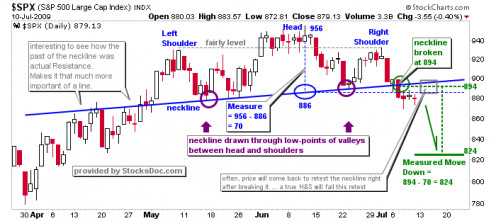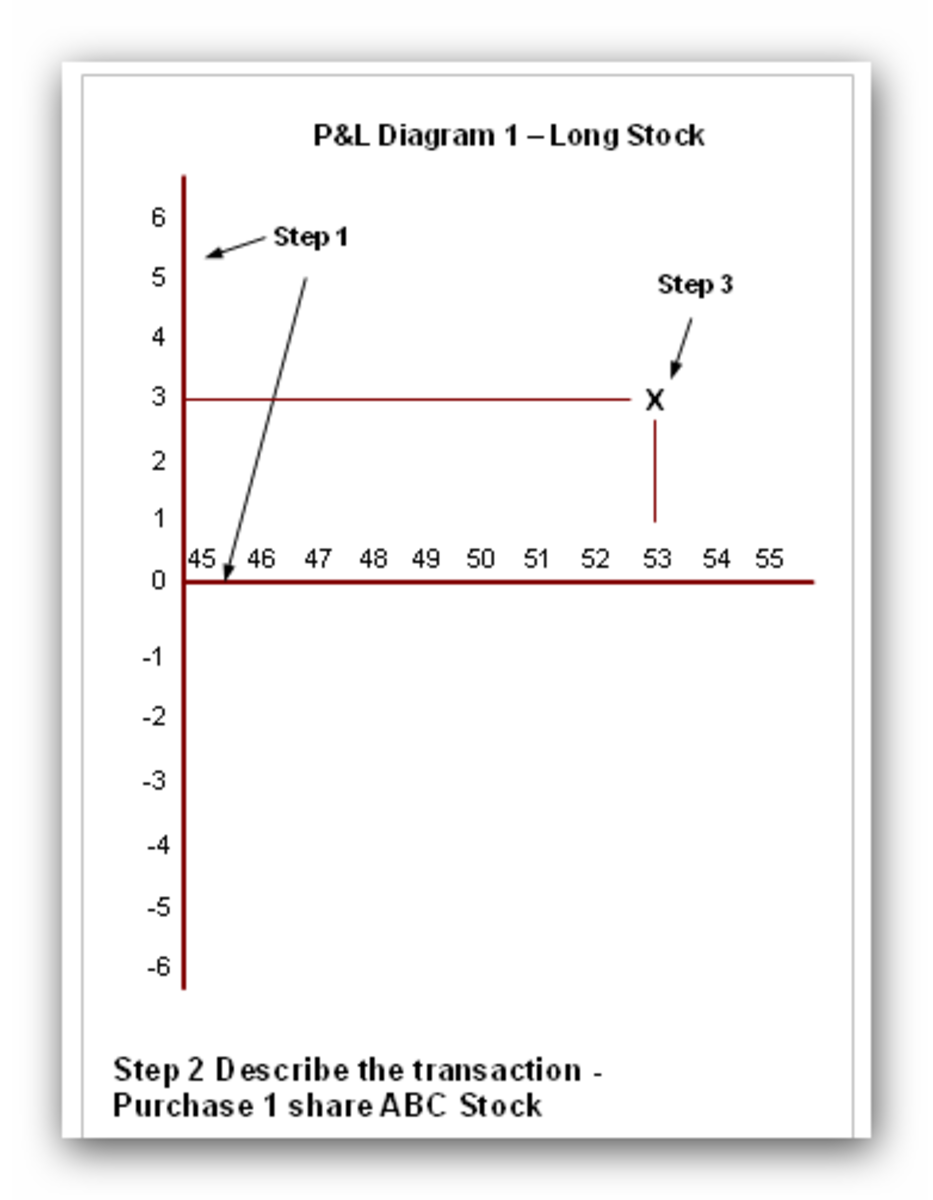Know When To Adjust Your Trading Strategy

Jesse Livermore: The Greatest Trader To Ever Live
Jesse Livermore is widely regarded as one of, if not the, greatest stock market operators to ever live. In his time as a trader he amassed not one, but a half dozen or more different fortunes. He learned his lessons the hard way and lost just as many fortunes as he made. The one lesson from his book "Reminiscences Of A Stock Market Operator" that should be learned above all others is this, and I paraphrase;
It is ok to anticipate change in the market but it is not OK to trade on it until the market tells you to do so, the trend is your friend and trade with the trend.
The need for trading strategies and systems
Trading strategy is a word you hear bantered around a lot. It's on TV commercials, in magazines, books and movies. If the people throwing those words around actually knew what they were talking about there would be a lot more people trading successfully. A trading strategy is a way to trade the market, a trading system is a carefully designed plan based on risk and reward that is utilized to profit from predictable changes in stock price. A good trading strategy is the backbone of any trading systems success and is used in combination with careful account management. If you are trading without a sound strategy or account management it is likely you will get washed out of the markets.
Importance of trading systems
Trading systems are important for numerous reasons. Consistency, risk management and measurable results are at the top of the list. In order to trade consistently with a predictable rate of success you have to have a system. Simply trading randomly and as you feel will have poor results. In order to trade consistently you have to be trading for predetermined reasons. As you home in on the characteristics that return explosive results, and increase your knowledge of trading, you can adjust your system to suit your needs. Building a trading system can be slow at first but will quickly gain momentum as you perfect your strategy and learn new ways to trade and grow your account.
Market Reversals
Market reversals are a great time to get into the market but can also lead to huge losses if not executed properly. Most savvy traders will not try to get in at the top or bottom of a market but wait for more solid confirmations of trend. Tops and Bottoms can introduce large amounts of volatility and indecision, creating whipsaws and other bull/bear traps that can wipe out an inexperienced trader. It's much safer to target the mid 60-75% of a market movement than risk trying to get in too soon.
Kinds of trading strategies
Trading strategies can be manual or computerized. In the days before computers all strategies were maintained manually. Now, computers help traders with a number of tasks including trade signals, position sizing and even trade execution. There are a couple of different kinds of computerized strategies out there, or you can develop your own and have a programmer code the software for you. Two categories of computerized strategies are black boxes and gray boxes. A black box basically tells you what to buy and sell. For the strategy to work properly you have to enter and exit every trade as signaled. A gray box has more leeway and is essentially a tool, based on a strategy, that you can use to base a system on. Automated trading strategies can be connected to trading accounts and initiate orders automatically when certain conditions are met. This is more advanced than setting limit orders, stop losses and other risk management techniques. The computers are looking for trades and then execute them when found. Automated trading has been a controversial subject for decades.
Creating your trading strategy
There are successful trading systems based on every kind of trading strategy. Bull, bear, long and short are all types of trading strategies. A system combines one or more strategies with strict money management rules. It does not matter which strategy you use in your system as long as you are committed to learning and perfecting it. The more types of strategies you master the stronger your trading system will be. When you have a proven track record of success, based on measurable signals, you can look into having your system computerized and possibly automated. Until then, stay focused on the ins and outs of your plan and keep detailed records. You should always know your success rate, position size and average return.
Here are some tips on getting started developing a trading system.
-
Trading Style - Are you trading directionally or non-directionally? Are you looking to profit from a bull or bear market or do you want trades to work no matter the direction the market moves. In addition to direction, you need to decide whether or not you want to trade long or short. It is possible with options to trade long and short in both directions and some strategies incorporate long and short positions into one trade. Another important aspect of strategy choice is time frame, are you looking to day trade or to hold positions for weeks or months in anticipation of expected results. The answers will help determine the best strategy for you to use. It is best to start with a simple strategy and then build upon that experience, trading the market in more complex ways.
-
Tools - Learn some technical analysis, including charting and oscillators. Support/resistance, trend lines, channels and other technical tools help determine the entries and exits for your trades. The more convergences of analysis the better your chance of success. Detailed records of your trades will help with your analysis because you can compare current conditions with previous, successful trades. From this you can make a list of important criteria with limits and trigger points. Your list of triggers will tell you when to buy and sell, when this becomes automatic it will be time to talk about developing software.
-
Strict Money Management - Utilize proven money management techniques like position sizing and risk management. Savvy traders never trade all of their money and they never risk too much on any one trade. Position sizing limits the size of each trade so that no one trade can wipe out the account. The practice also limits the amount of loss with a predetermined exit point. Computers and computerized trading have taken risk management to a whole new level. Complex stop-loss and profit taking orders take all the guessing, and second guessing, about exits out of the picture. Always predetermine exit points and set all the orders at one time.
-
Keep records - Always keep records of your trading. This is the only way to accurately measure your success rate and any improvements you make. You should have a running tally of your success ratio, wins versus losses. You should also know how big each position is you are trading and at the same time the average rate of gain per trade.
-
Evolve and Adapt - Participate in the trading community. Share your stories, learn from more experienced traders. The market is an every changing world. You must work hard to keep up and adapt with the changes.
The key to any strategy and trading system is consistency. It is the only way to achieve measurable success. Without it you are just trading at whim. Developing or using an existing strategy is the only way to be successful trading the financial markets.








